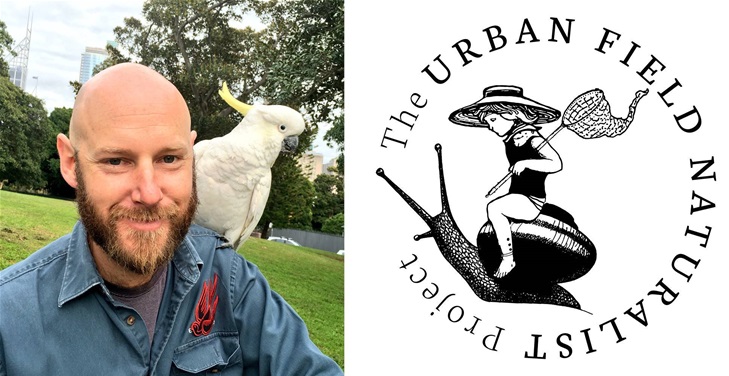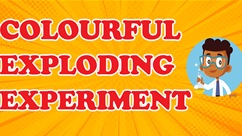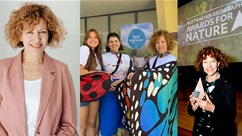KZ: Hi John! What is the aim of The Urban Field Naturalist Project?
J: The project shares your stories about nature, highlighting that nature is all around us – including in our backyards and suburbs – and that we can all connect and be fascinated by plants, fungi, and animals. You are invited to write a short story (roughly 200 words): perhaps you walked to the park and were swooped by a Masked Lapwing (a type of bird), and then noticed the adult bird was defending its baby hiding in the grass where you were about to walk. Share a moment in nature that you told your friends and family about.
KZ: Can K-Zoners be Urban Field Naturalists?
J: Yes! Pay attention to the plants, fungi, and animals around you and write a story about your experience. Stories can be anything that interests you, from whales to ants to flowers. Place yourself in the story: I was in my backyard; we walked to the beach; I was in the school playground when… Include a photo, video, drawing, painting of the moment in nature.
KZ: Are you currently working in any other roles, part of any new projects or researching a particular topic?
J: I research a range of birds and mammals: ibis, cockatoos, brush-turkeys, flying-foxes, and microbats. I am researching wildlife use of tree hollows and nest boxes in areas burnt during the 2019-20 bush fires. I also encourage people to participate as citizen scientists – reporting the plants, fungi, and wildlife you see e.g. by submitting a photo using the iNaturalist or QuestaGame apps or lists of birds you’ve observed using the eBird app – anywhere in the world.
KZ: What has been the highlight of your career so far?
J: I conducted a study where we fitted grey-headed flying-foxes, a species listed as vulnerable to extinction, with satellite transmitters to learn about how they move across eastern Australia, use roost sites, and where they forage. This study dramatically increased our understanding about how mobile these pollinators and seed dispersers are – moving up to 300km in a single night. Solar recharging satellite transmitters send a single to a satellite in space so we can learn where each animal is anywhere in the world.
KZ: What is the best thing about your job, and the hardest part?
J: Close encounters with wildlife and working in remote locations are the best part of my job. I am constantly learning and inspired to learn more. The hardest part of my job is that there are not enough hours in the day, or days in a year, for all the questions I’d like to answer.
Want to read more of our interview with Dr John Martin? Grab the December issue of K-Zone, on sale now!
For more info on the Urban Field Naturalist Project, visit urbanfieldnaturalist.org. Remember to get a parent or guardian's permission before visiting a new site, or entering your submission to the Project!










Comment Now!